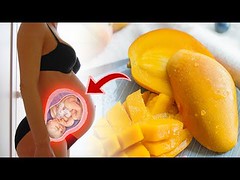Proper Cleaning Techniques for Reusable Medical Instruments
The cleaning of reusable medical instruments is a vital process in ensuring the safety and health of patients. Effective sterilization and decontamination are essential to prevent infections and other complications. This is especially crucial in environments such as a vitamin analysis lab, where precision and cleanliness are paramount.
Step-by-step Cleaning Process
To ensure the optimal cleanliness of medical instruments, one must follow a well-outlined process. The initial stage involves rinsing the instruments in cold water to remove visible debris. Following this, a detergent solution is used to scrub the instruments to eliminate any remaining organic matter. It is crucial to follow the manufacturer’s guidelines to preserve the integrity of the instruments.
Advanced Cleaning Methods
For medical instrument settings that require additional precision, such as laboratories performing complex medical analyses, there are advanced cleaning methods available. Ultrasonic cleaners can be highly effective in reaching difficult areas, ensuring all contaminants are removed. Additionally, autoclaving is employed for the sterilization of heat-resistant instruments to kill all microorganisms effectively.
Importance of Regular Maintenance
Beyond cleaning, regular maintenance of reusable medical instruments is fundamental to their longevity and functionality. This includes routine inspection for wear and tear, proper storage, and timely replacement of parts. Regular maintenance not only extends the life of instruments but also ensures that they perform efficiently in critical medical environments.
Furthermore, in specialized facilities like a vitamin analysis lab, it is vital to integrate structured cleaning protocols to maintain the high standards required for consistent and accurate analyte extraction and testing. This commitment to excellence extends into all areas of medical practice, where the overarching goal remains the safety and health of patients.
